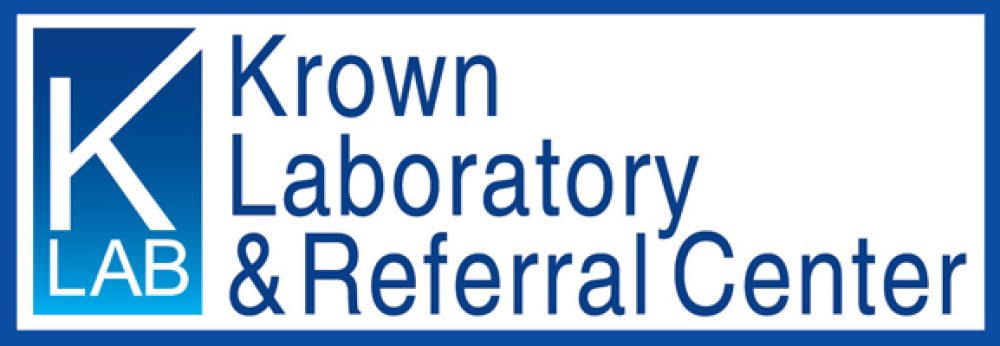Description
TSH receptor antibodies (TRAb) are autoantibodies directed against the thyroid-stimulating hormone (TSH) receptor. These antibodies can either stimulate or block the TSH receptor, affecting thyroid function. TRAb testing is primarily used in the diagnosis and management of autoimmune thyroid diseases, such as Graves’ disease and, to a lesser extent, Hashimoto’s thyroiditis.
TSH Receptor Antibody (TRAb) Test
Test Purpose:
- To diagnose Graves’ disease, an autoimmune disorder that causes hyperthyroidism.
- To differentiate between different causes of hyperthyroidism.
- To assess the likelihood of remission or relapse in Graves’ disease.
- To monitor the effectiveness of treatment in autoimmune thyroid diseases.
Sample Collection and Preparation:
- Specimen Type: Serum (blood sample).
- Collection Procedure:
- A healthcare provider draws blood from a vein, typically in the arm.
- The blood is collected in a tube and sent to the laboratory for analysis.
Normal Reference Range:
- Negative: <1.75 IU/L (international units per liter), but reference ranges can vary depending on the laboratory and assay used.
Types of TRAb:
- Stimulating TRAb (TSI – Thyroid Stimulating Immunoglobulins): These antibodies mimic TSH and stimulate the thyroid gland to produce excess thyroid hormones, leading to hyperthyroidism.
- Blocking TRAb: These antibodies block TSH from binding to its receptor, which can lead to hypothyroidism. They are less common than stimulating TRAb.
Interpretation of Results:
- Positive TRAb:
- Graves’ Disease: A positive result for stimulating TRAb is a strong indicator of Graves’ disease, the most common cause of hyperthyroidism.
- Pregnancy: TRAb testing is crucial in pregnant women with a history of Graves’ disease, as TRAb can cross the placenta and affect the fetal thyroid gland, potentially causing neonatal hyperthyroidism or hypothyroidism.
- Negative TRAb:
- Suggests that hyperthyroidism is unlikely to be due to Graves’ disease. Other causes of hyperthyroidism, such as toxic multinodular goiter or thyroiditis, should be considered.
Clinical Significance:
- Diagnosis of Graves’ Disease: A positive TRAb test is diagnostic of Graves’ disease, especially in the context of clinical signs and symptoms of hyperthyroidism (e.g., weight loss, palpitations, heat intolerance, and goiter).
- Differential Diagnosis: TRAb testing helps differentiate between Graves’ disease and other causes of hyperthyroidism, such as toxic adenoma or thyroiditis.
- Prognosis and Treatment Monitoring: High TRAb levels may indicate a higher likelihood of relapse after antithyroid drug therapy. Monitoring TRAb levels can help guide treatment decisions and predict disease course.
- Pregnancy: TRAb levels are monitored in pregnant women with Graves’ disease to manage and mitigate risks to the fetus.
Follow-Up and Treatment:
- Antithyroid Medications: Medications like methimazole or propylthiouracil (PTU) are used to reduce thyroid hormone production in Graves’ disease.
- Radioactive Iodine Therapy: A common treatment for Graves’ disease, leading to the destruction of overactive thyroid tissue.
- Surgery: Thyroidectomy may be considered for patients who do not respond to other treatments or have large goiters.
- Beta-Blockers: Used to control symptoms such as palpitations and tremors in hyperthyroid patients.
- Monitoring: Regular follow-up with thyroid function tests (TSH, free T4, and free T3) and TRAb levels to assess treatment response and disease status.
Special Considerations:
- Assay Variability: Different laboratories may use different assays for TRAb testing, leading to variability in reference ranges. It’s essential to interpret results in the context of the specific laboratory’s reference range.
- Graves’ Orbitopathy: TRAb levels can correlate with the severity of Graves’ orbitopathy, an inflammatory condition affecting the eyes, commonly seen in Graves’ disease patients.
The TSH receptor antibody test is a valuable diagnostic and monitoring tool in autoimmune thyroid diseases, particularly Graves’ disease, providing crucial information for diagnosis, prognosis, and treatment management.



Reviews
There are no reviews yet.